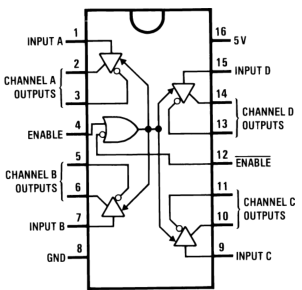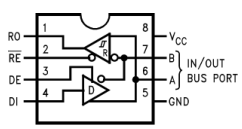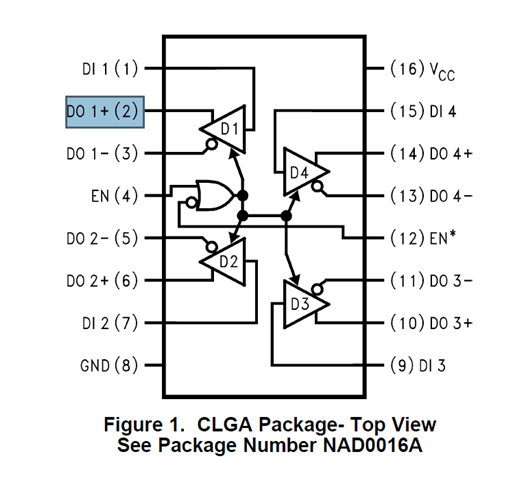Other Parts Discussed in Thread: DS26C31MQML, DS16F95, DS26LV31QML
Dear design support team.
I am confusing RS485 interface polarity.
According to TIA-485-A, when VA - VB is positive, the logic value is "0". this means B > A in Mark (Idle, logic ="1") and A > B in Space (On, logic ="0").
but, TI parts are logic value "1" when VA -VB is positive and it is higher 200 mV.
The logic value mentioned above means "DI" or "RO".
I know your method or definition is more common, but I'm curious as to why.
Could you please explain or this issue? I would like a detailed description.
Thank you for always.




 in DS26LV31QML
in DS26LV31QML